To be so windy and the lesser time of year for butterflies, I keep being amazed at the number of new butterflies I find in my garden, mostly the tiny ones. Depending on my source of information, this one has two common names, Halcyon Hairstreak or the one I have to use: Halciones Hairstreak with all sources using the same scientific name of Ostrinotes halciones. All Hairstreaks have that wiry tail to make predators think it is the head.
This species is found in both Central and South America from Mexico to Brazil, but my photo will be the first on butterflies and moths dot org, if they add the species that I’ve requested. I have about 5 requests waiting to be approved like that. The huge number of species of everything in Costa Rica continues to amaze me! It is one of the most diverse locations on the planet! The exact middle location between North & South America. I’m posting 4 photos of this new-to-me species . . .
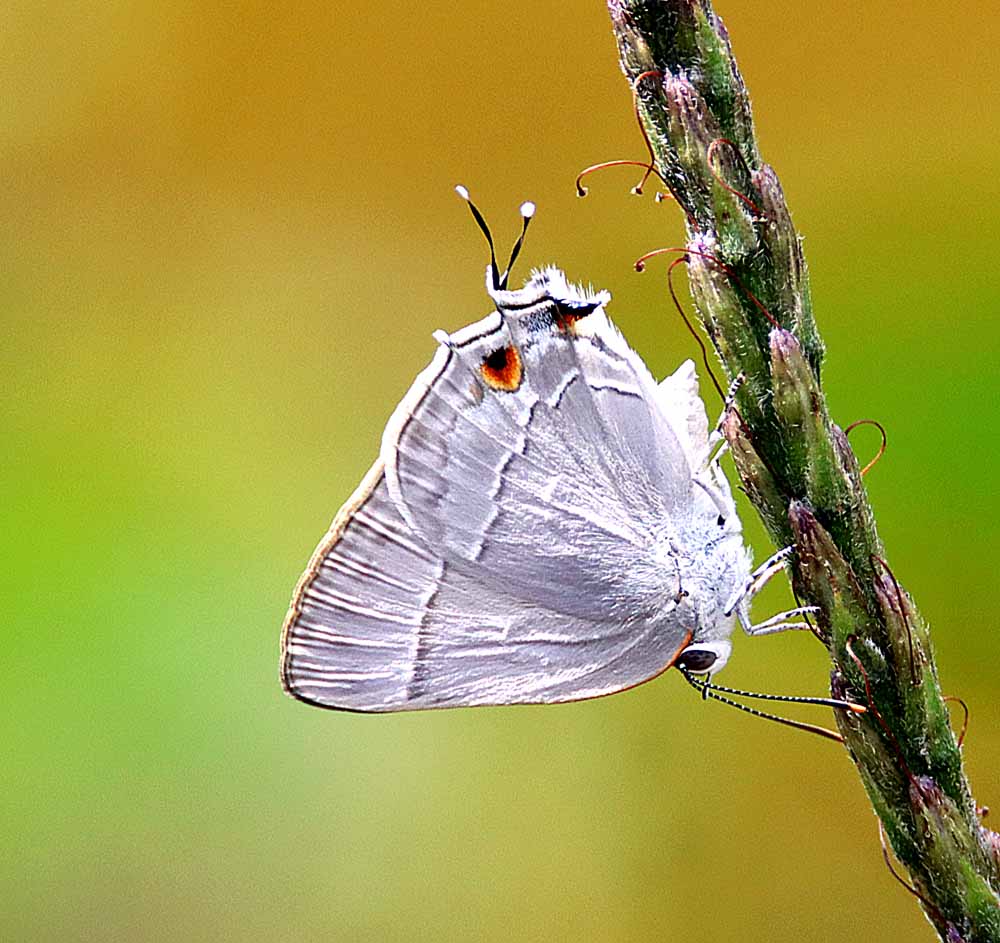
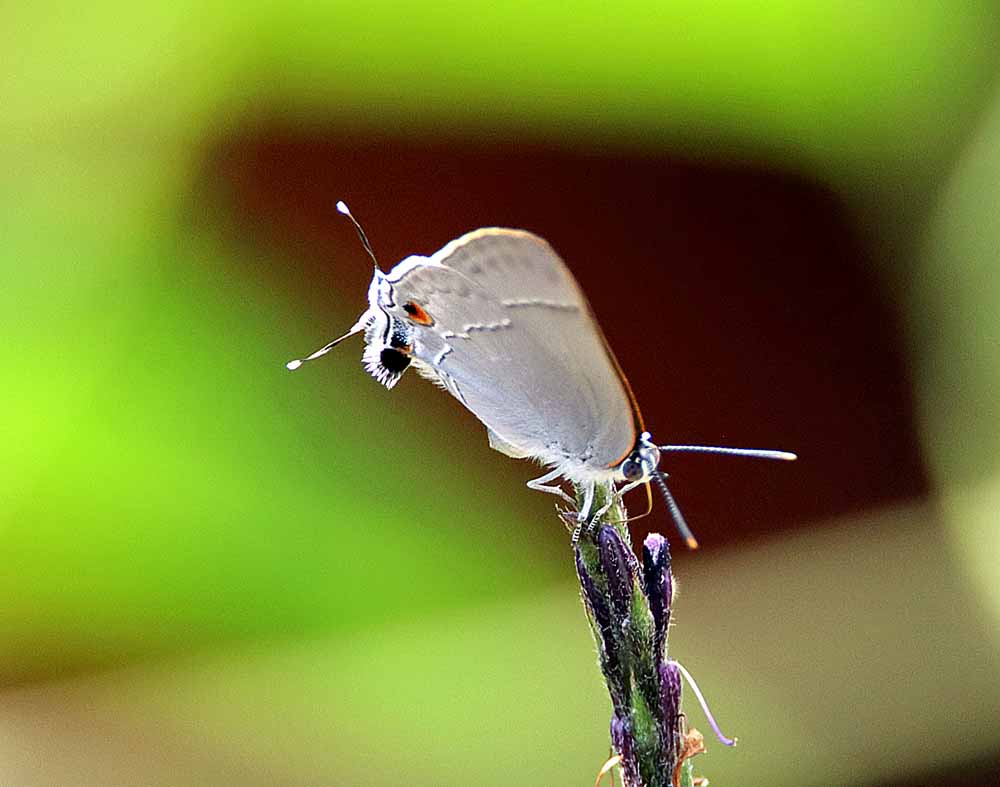
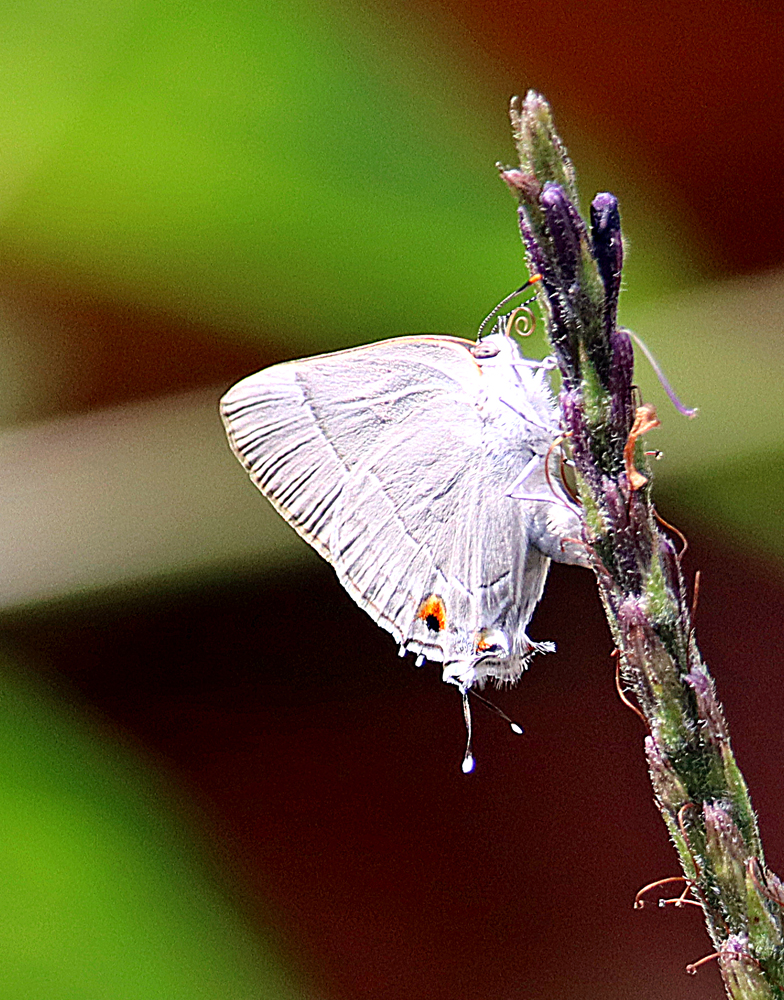
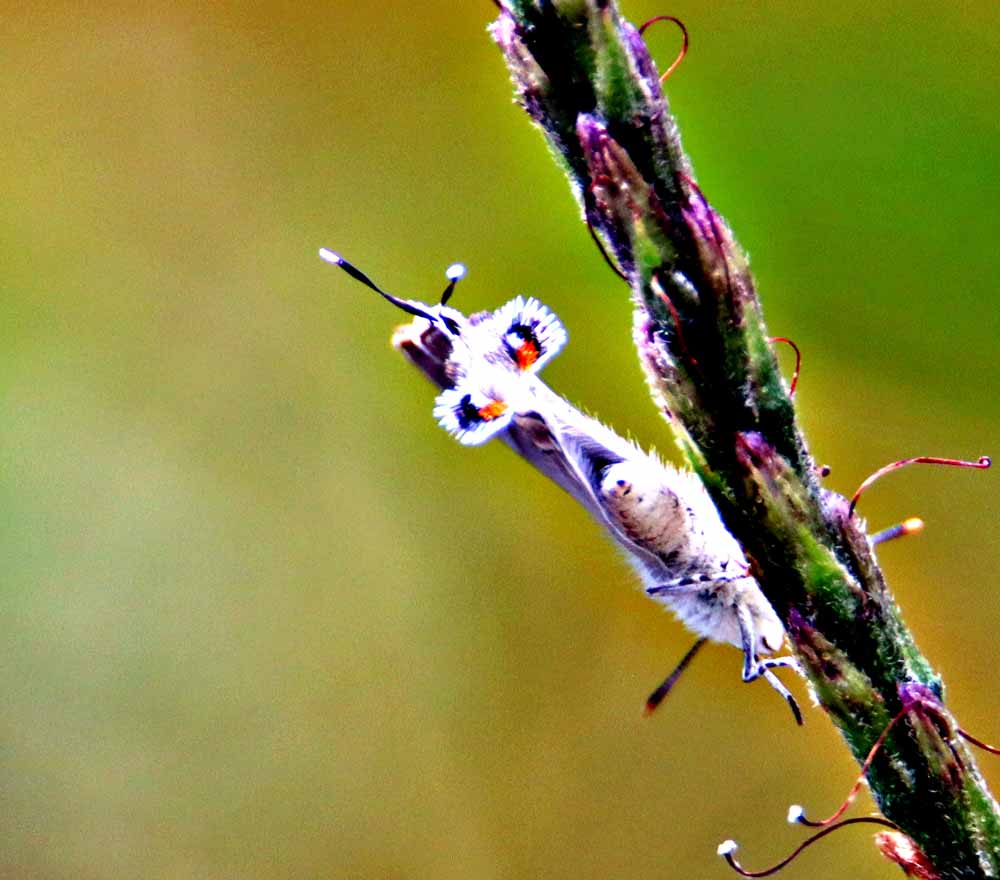
And if you like these little hairstreaks, see more in my Lycaenidae – GOSSAMER-WINGS Gallery. 🙂
¡Pura Vida!
Zenithal Sun hitting Costa Rica March-April
This means more dangerous UV rays across Costa Rica, especially March 15 to April 15 meaning that if you visit here you should avoid midday sun, even with sunscreen. Yes, it means it will be hotter here than usual, but the big danger is the potential cancer caused by too much sun, like the cancer I recently survived with surgery and radiation treatments. For an explanation of these vertical UV rays, read the Tico Times English Language article from yesterday: Costa Rica Braces for Heatwave: UV Radiation.
March & April are the last two months of the “Peak Tourist Season” here and visitors should be careful, especially with mid-day sun exposure. And surprising to me was that the article said the higher UV rays are more extreme in the mountains (closer to the sun) than on the beaches, though on the beaches you tend to always be in the sun. 🙂
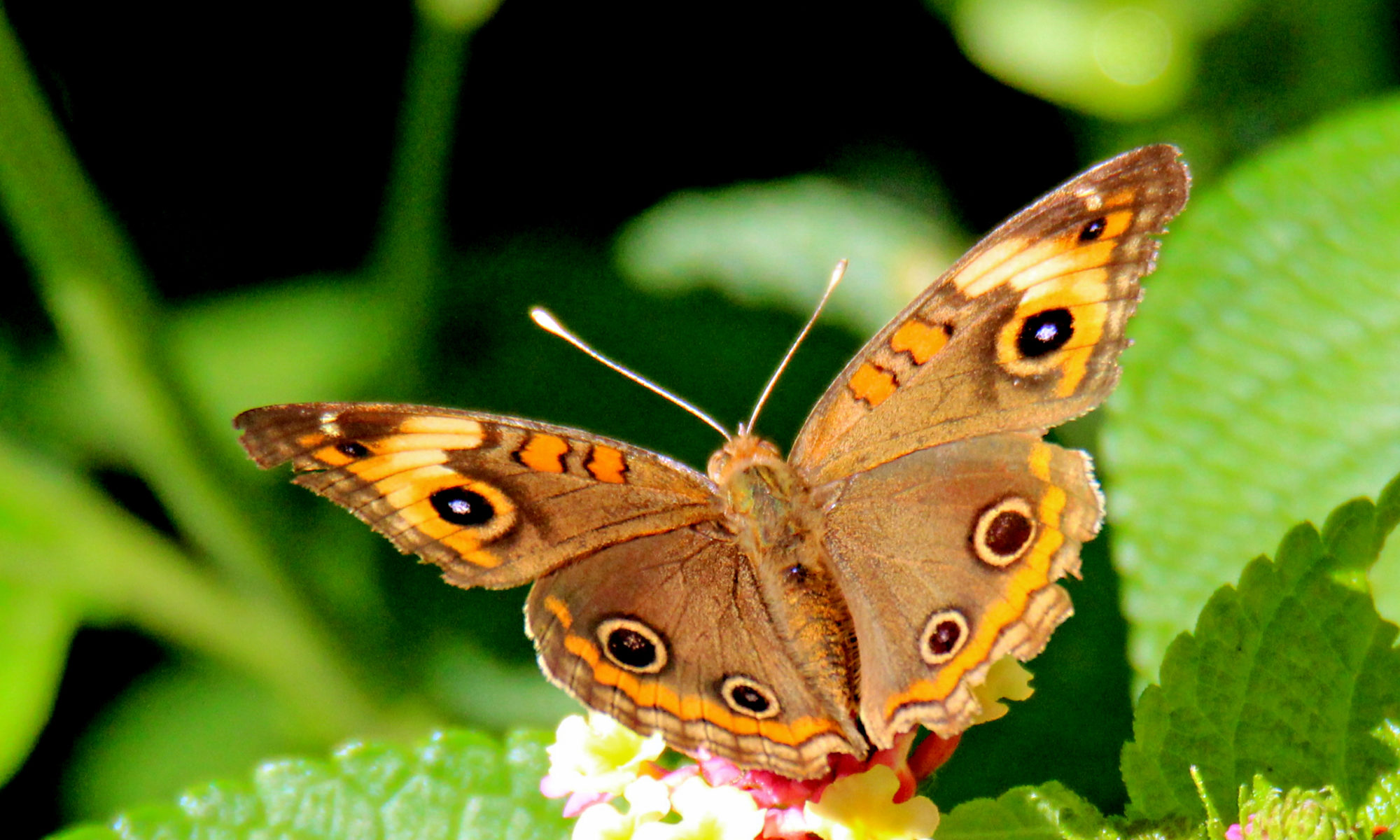

I LOVE this butterfly!!! So beautiful!!!
Thank you!!!
xoxo
🙂